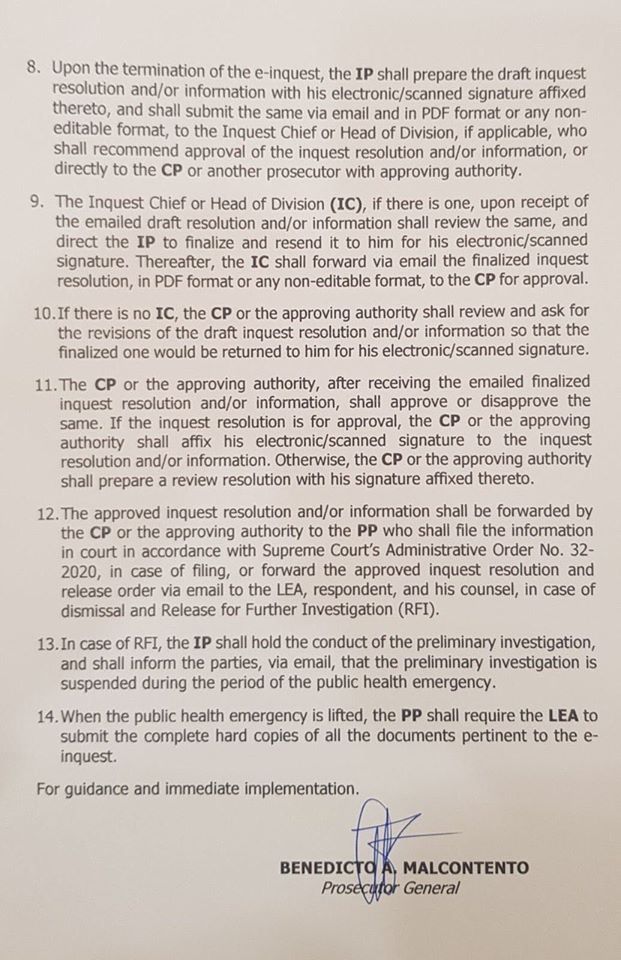Digital technology has transformed how we avail of bank services since banks made automated teller machines (ATMs) available 24/7 in various locations, giving people direct access to their money without having to go to the bank.

More recently online platforms and mobile apps have also made it possible for people to engage in a variety of financial transactions in the comfort of their own home, beyond banking hours, as well as on weekends and holidays.
Young professionals have been quick to adapt to the digital banking trend, with many of them never having experienced the need to take their passbooks to a bank branch and having a teller facilitate their transactions.
As the COVID-19 situation unfolded, many members of the banking public suddenly found digital banking not just a convenience, but a necessity. The enhanced community quarantine (ECQ) and social distancing rules have compelled many banks to limit their operations, with fewer open branches and shortened banking hours.
Self-service channels
Over the years, the Bank of the Philippine Islands (BPI) has been coming up with more self-service options and tools for people to do banking at their convenience. This allowed customers to transition more easily to performing bank transactions using their computers, mobile phones, and other Internet-enabled devices.
Among the bank’s self-service channels are BPI Online and the BPI Mobile Banking app. Then at the branches, there are more digital services like the electronic queuing system called the BPI Express Assist (BEA), the Cash Accept Machines (CAMs) which makes depositing cash social distancing compliant, and of course, the ATM for immediate cash needs. Select branches are still open for transactions that cannot be done digitally.

The benefits of DIY banking
Even before the ECQ made digital banking a necessity, many people have embraced it for its many conveniences:
- It lets you escape the hurdles of going out. Aside from letting you transfer money without having to set foot inside a bank, online platforms and apps also let you access your bank account to pay off bills from various service providers and merchants that are part of its digital ecosystem. “In the past, I was just happy to avoid the traffic, but now I’m spared from having to go through checkpoints just to go to the bank or to buy my essentials,” said Celine. “Hindi na yung parang nasa Amazing Race ako na naghahabol ng earlier closing hours of banks and groceries because of the curfew. I buy a lot of things and pay my bills online now.”
- It comes with default cash trackers. Digital banking tools have records of each and every transaction. Gone are the days when you’d have to keep mountains of ATM receipts or withdrawal slips to keep track of what you’ve spent. Everything is recorded on the platform or app and you feel in control of it all because you can check it whenever you wish. “I like it that I am not dependent on another person to keep me updated about my finances,” said Gerry.
- It makes you feel secure in more ways than one. Digital transactions are also fortified with cybersecurity features to ensure that your funds stay safe from scammers or fraudsters. These complement the safety measures that you take, such as not sharing your password or OTP to anyone else. Mara pointed out: “When I was younger, if a thief got your wallet, or you misplaced it, your money’s just gone. Now, I know my money is safe in my account and I don’t even have to withdraw to pay for most things. Digital payments are even more important now because I’d rather not handle bills and coins, since I can’t know who touched them and if they’ve been sanitized.”
It is worth noting that online banking platforms and apps have also been very helpful during emergencies. People can immediately send money to their friends and loved ones in need or donate to organizations serving frontline workers and those affected by calamities.
These online DIY banking tools have been enabling fund transfers for families and various agencies during the current COVID-19 crisis while letting people comply with social distancing guidelines prescribed by health experts.
“I didn’t want to risk being stuck in the supermarket when people were panic-buying,” said Cheryl. “I chose to buy groceries through sellers in my neighborhood. I didn’t have a lot of cash with me. I live in a subdivision and my apartment is about half a kilometer away from the main road where the closest ATM is. This was a problem because I don’t have a car or a bike. But I was still able to buy what I needed from the neighborhood sellers because I paid them through online transfers. We practiced social distancing by limiting contact. We avoided having to handle money and I also put a chair out by our gate so they just placed what I bought there.”
Recognizing the specific concerns of its customers, BPI continually builds on its digital ecosystem to let them enjoy quick, secure, and friction-free everyday banking to help make challenging circumstances more bearable.
Sponsored Post




